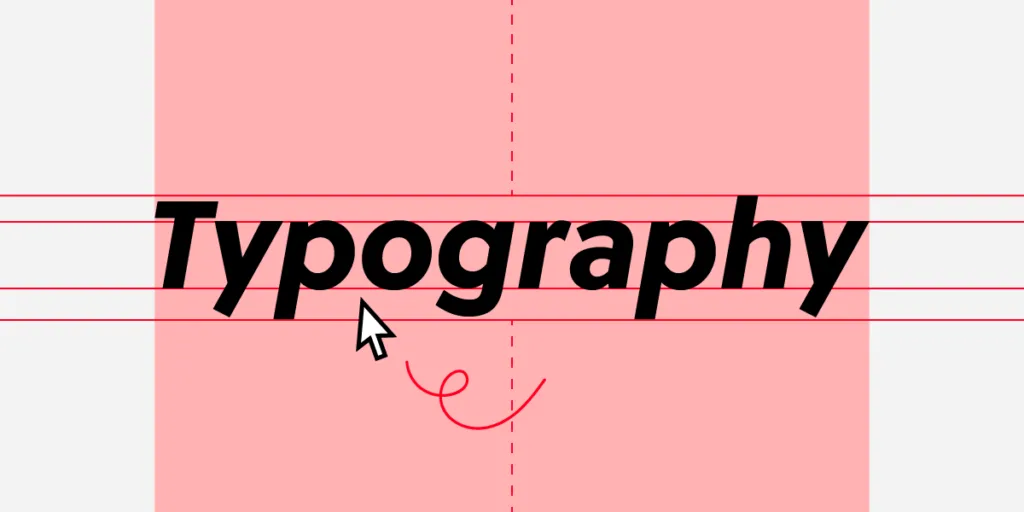CCJ In Heng Insights
Explore the latest trends and insights across diverse topics.
Type It Right: Web Typography That Speaks Volumes
Unlock the secrets of web typography! Discover tips that transform your text into a powerful communication tool. Click to learn more!
The Importance of Font Choice: How Typography Affects User Experience
The choice of font plays a crucial role in shaping user experience on a website. Typography not only impacts the readability of the content but also conveys the website's personality and professionalism. A well-selected font can enhance the overall aesthetic appeal, making it more inviting for visitors. When users easily grasp the information presented on the site, they are more likely to engage with the content, leading to reduced bounce rates and increased time spent on the page. Therefore, understanding the importance of font choice is essential for any web designer or content creator aiming to offer an optimal user experience.
Moreover, the typography used on a site can influence users' perception of the brand. Different fonts evoke different emotions and can create associations that may either strengthen or weaken a brand’s identity. For instance, a sleek, modern font may convey innovation and sophistication, while a more playful font might evoke a sense of fun and approachability. It is essential for businesses to select fonts that resonate with their target audience and reflect their brand values. Ultimately, the right typography can foster a stronger connection between the user and the content, enhancing their overall experience and encouraging loyalty.

10 Essential Tips for Perfecting Web Typography
Web typography is a crucial element in creating a visually appealing and user-friendly website. To perfect your typography, start by choosing the right font family that resonates with your brand's identity. Consider using complementary fonts for headings and body text to create a harmonious design. Additionally, utilize a font size that ensures readability across different devices; a minimum of 16px for body text is recommended. Don't forget to pay attention to line height and letter spacing, as these factors significantly influence the overall readability of your content.
Another essential tip is to maintain a clear typographical hierarchy. This can be achieved by using different font sizes, weights, and styles for headings, subheadings, and body text. Employ contrast effectively to guide the reader's eye and emphasize key messages. Additionally, consider the color of your text against the background to ensure high visibility. Finally, keep in mind the importance of consistent use of typography throughout your website. This creates a cohesive visual experience that not only enhances aesthetics but also reinforces your brand identity.
What Makes Typography Effective: Understanding Readability and Aesthetics
Typography is a crucial element in the design and layout of any written content, as it directly impacts readability and user engagement. Effective typography goes beyond just choosing a beautiful font; it involves a careful balance of factors such as line length, spacing, and font size. For instance, a well-structured layout with appropriate line height can make text easier to follow, thereby enhancing readability. In contrast, overcrowded text can overwhelm the reader, leading to a poor user experience. Understanding the principles behind readability enables content creators to present their messages clearly and effectively.
Aesthetics play a vital role in how typography influences the user’s perception of content. An appealing typography can create a strong visual hierarchy, guiding the reader's eye to the most important information. By utilizing contrasting font styles, sizes, and weights, designers can emphasize key points and create a logical flow of information. The combination of readability and appealing aesthetics not only enhances the overall user experience but also contributes to brand identity and recognition. Thus, mastering the art of typography can significantly elevate the quality of written content, making it not only easier to read but also more engaging and memorable.